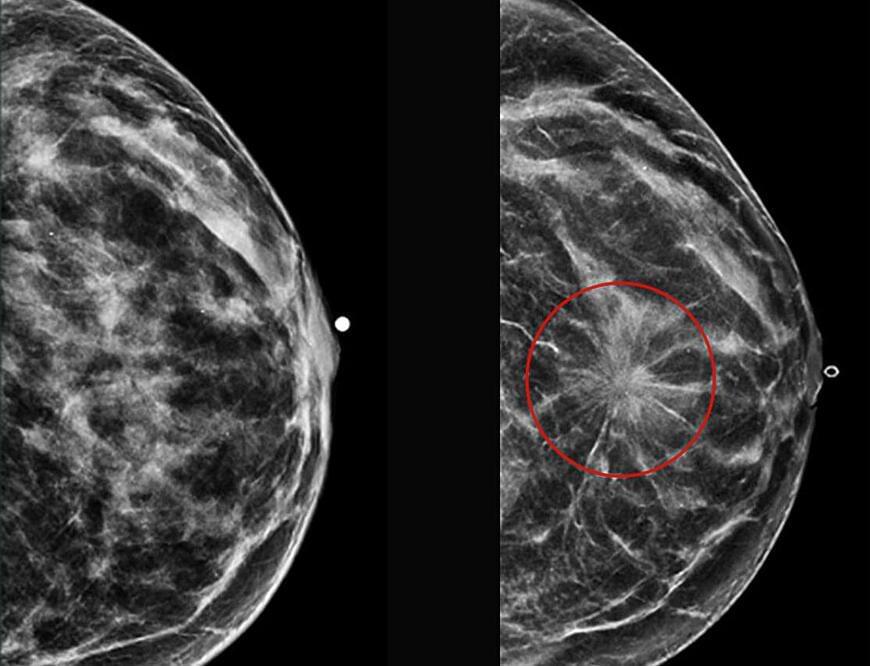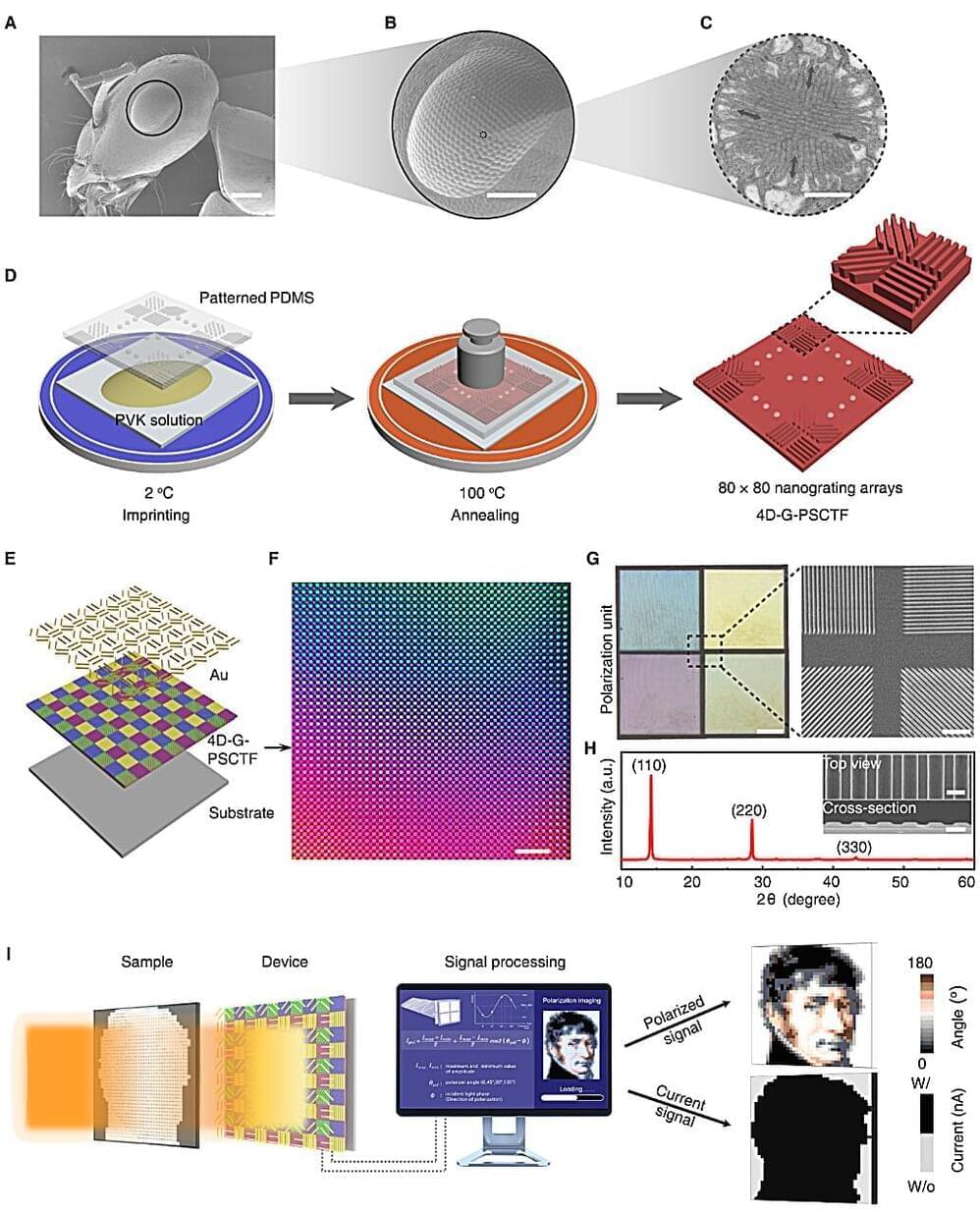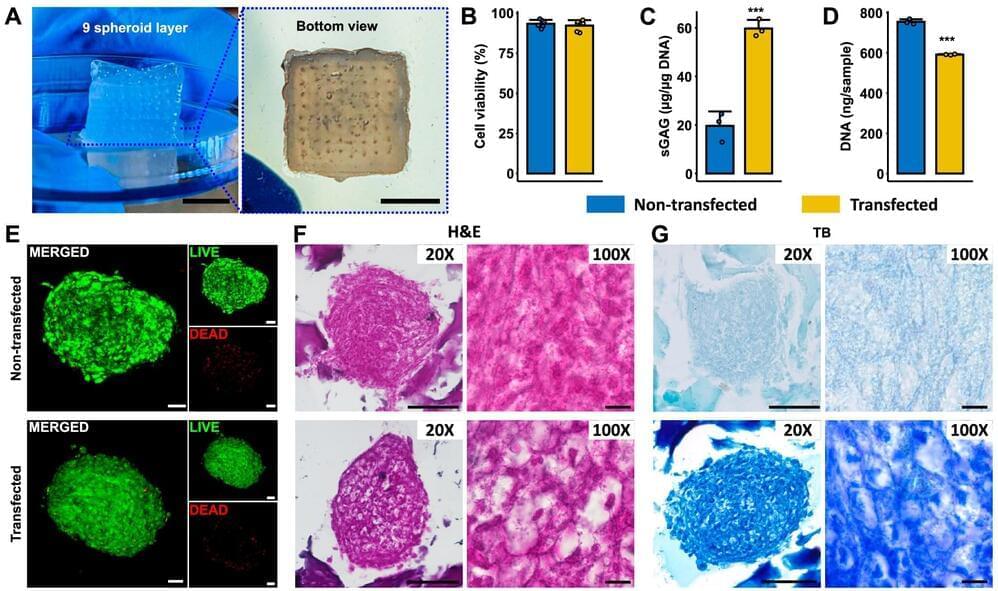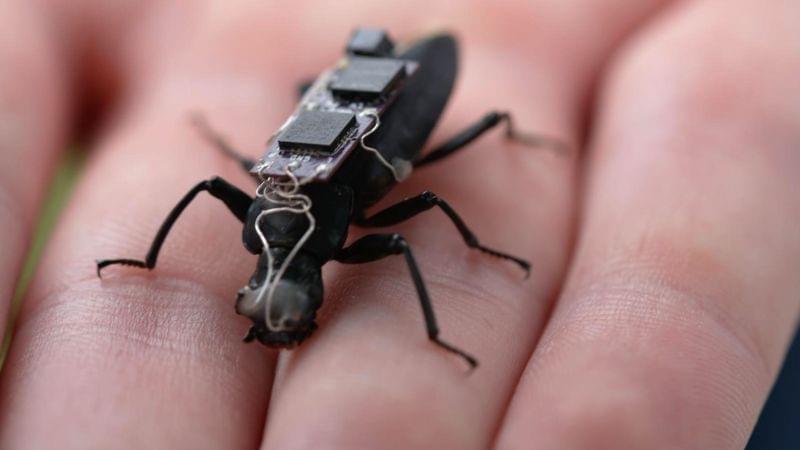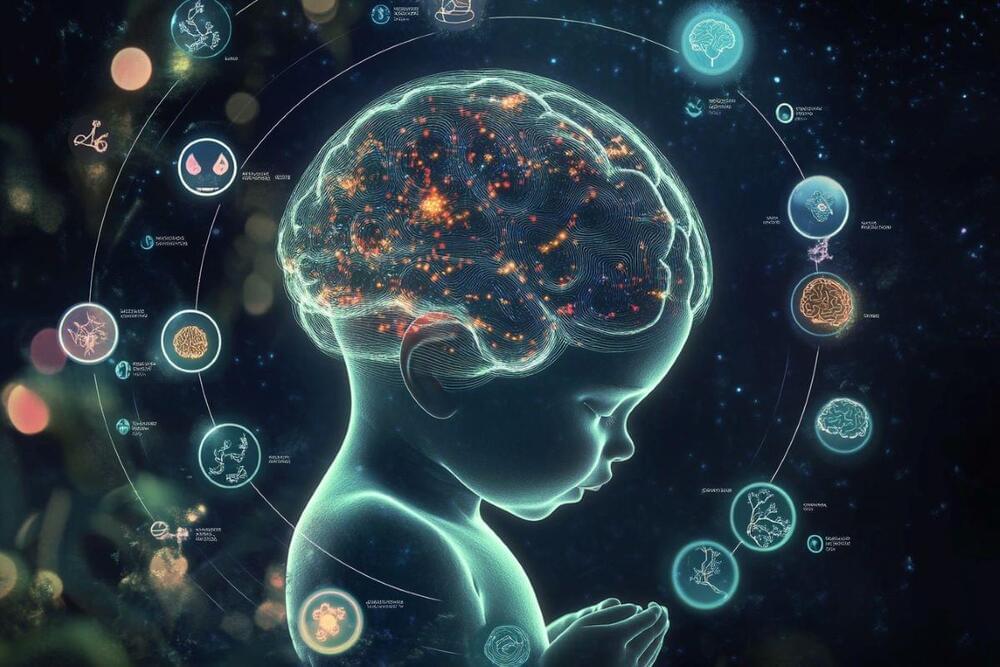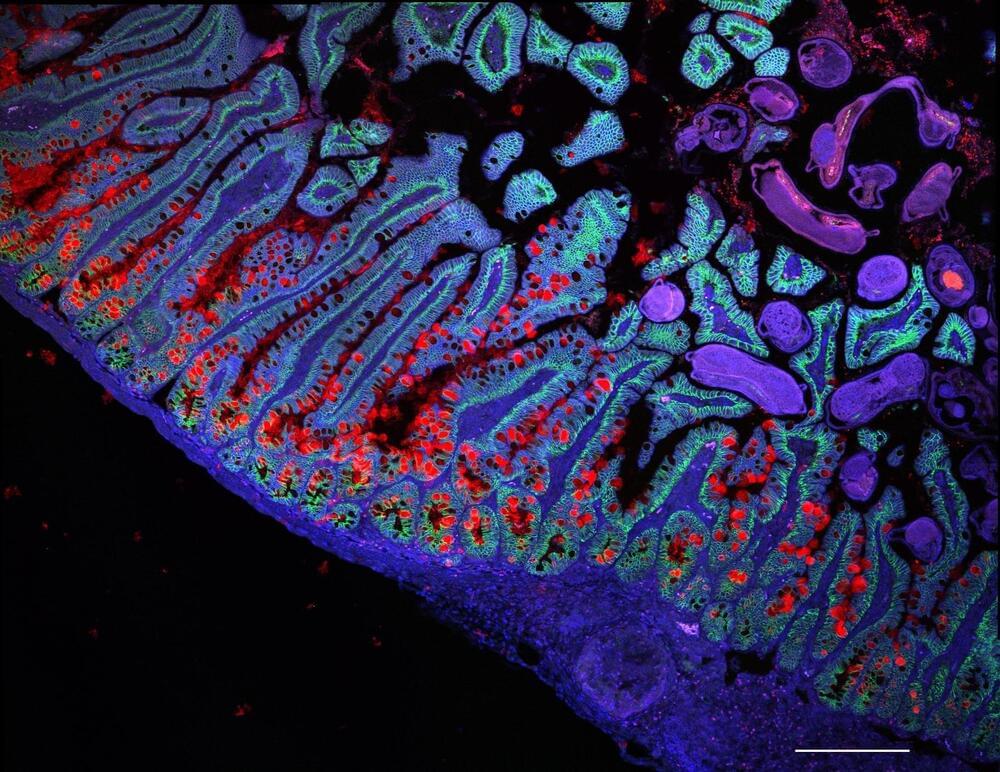Death might seem like a pure loss, the disappearance of what makes a living thing distinct from everything else on our planet. But zoom in closer, to the cellular level, and it takes on a different, more nuanced meaning. There is a challenge in simply defining what makes an individual cell alive or dead. Scientists today are working to understand the various ways and reasons that cells disappear, and what these processes mean to biological systems. In this episode, cellular biologist Shai Shaham talks to Steven Strogatz about the different forms of cell death, their roles in evolution and disease, and why the right kinds and patterns of cell death are essential to our development and well-being.
Listen on Apple Podcasts, Spotify, TuneIn or your favorite podcasting app, or you can stream it from Quanta.


